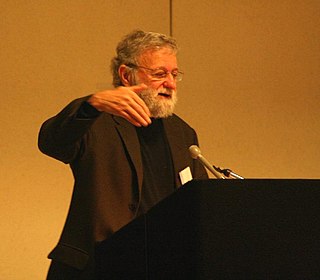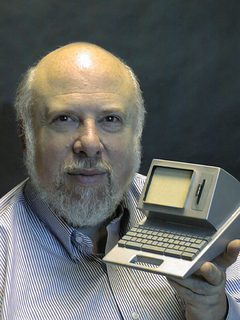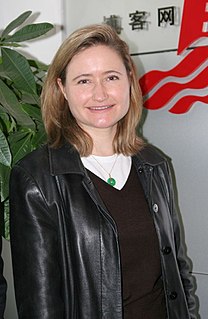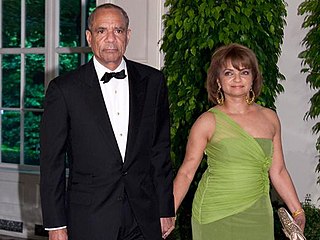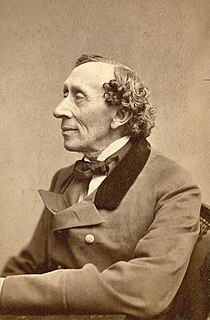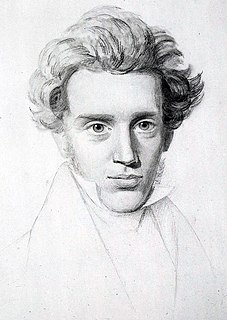A Quote by Jakob Nielsen
Minimize the user's memory load by making objects, actions, and options visible. The user should not have to remember information from one part of the dialogue to another. Instructions for use of the system should be visible or easily retrievable whenever appropriate.
Related Quotes
The user of land should not be allowed to acquire rights of indefinite duration for single payments. For efficiency, for adequate revenue and for justice, every user of land should be required to make an annual payment to the local government equal to the current rental value of the land that he or she prevents others from using.
... the designer of a new system must not only be the implementor and the first large-scale user; the designer should also write the first user manual. ... If I had not participated fully in all these activities, literally hundreds of improvements would never have been made, because I would never have thought of them or perceived why they were important.






